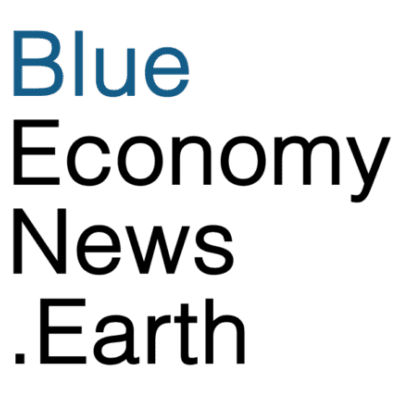The U.S. Department of the Treasury and the IRS released final rules and procedural guidance for the Clean Electricity Low-Income Communities Bonus Credit Amount Program, doubling down on the potential for renewable energy sources beyond wind and solar and specifically including marine energy. They also provide a pathway for emerging clean energy businesses to receive priority in applying for the program.
The Clean Electricity Credits, expected to save American families up to $38 billion on electricity bills through 2030, were always supposed to be technology-neutral but the final rules support the inclusion of a greater range including including wind, solar, hydropower, marine and hydrokinetic, geothermal, nuclear, and certain waste energy recovery property.
The statement said the Clean Electricity Credits encourage innovation by allowing new zero-emissions technologies to develop over time, while also providing durable incentives for companies to make investments in clean energy technologies that are already contributing to the clean energy investment and manufacturing boom.
“The final rules issued today will help ensure America’s clean energy investment boom continues – driving down utility costs for American families and small businesses, creating good-paying construction jobs, and strengthening energy security by making the U.S. more resistant to price shocks,” said U.S. Secretary of the Treasury Janet L. Yellen.
The program is an expansion of the first-of-its-kind bonus credit designed to lower home energy costs and spur clean energy investments in low-income communities and benefitting low-income households, on Indian Land, or as part of affordable housing developments. Approved applications from the first year of the program are expected to generate $3.5 billion in investments in low-income communities and on Indian Lands and are estimated to generate $270 million in offset energy costs annually. During the second year of the program, approved applications are expected to generate approximately $4 billion in public and private investment into communities and almost $350 million in offset energy costs annually.
“America’s clean energy boom is no coincidence, it’s President Biden’s industrial strategy in action: utilizing a range of incentives to accelerate innovative carbon-cutting technologies and make the nation more energy resilient,” said U.S. Secretary of Energy Jennifer M. Granholm.
To receive the full value of the credits, taxpayers must meet standards for paying prevailing wages and employing registered apprentices, helping ensure more clean energy jobs are good-paying jobs, and growing career opportunities for workers in the clean energy sector.
“Expanding the Clean Electricity Low-Income Communities Bonus Credit will help lower energy costs in communities that have been overlooked and left out for too long and empower developers to work alongside communities to provide tailored solutions to meet their energy and economic needs,” said U.S. Deputy Secretary of the Treasury Wally Adeyemo.
The existing Production Tax Credit and Investment Tax Credit will be available to projects that began construction before 2025. Qualifying projects placed in service after December 31, 2024 will be eligible for the new Clean Electricity Credits.

